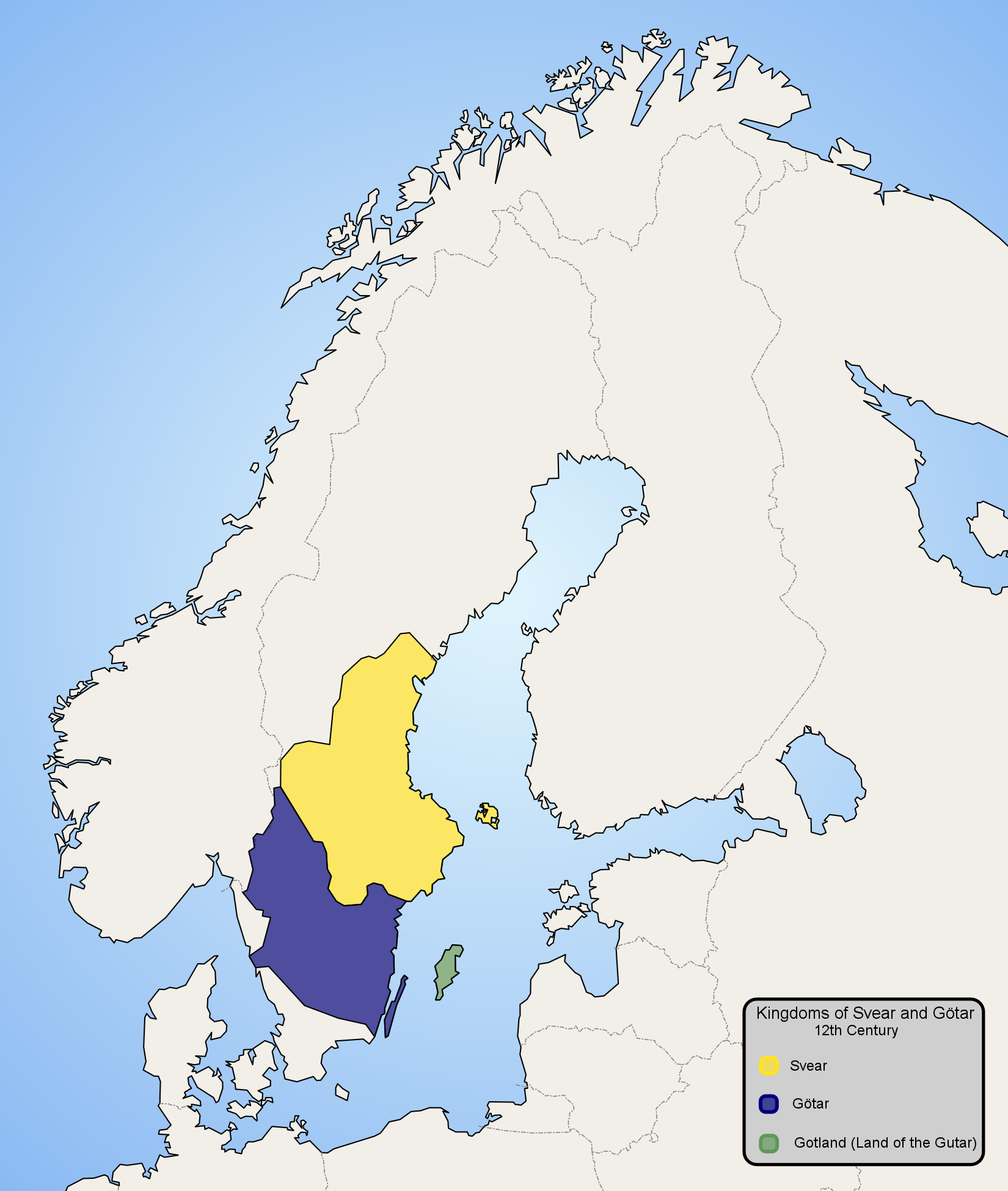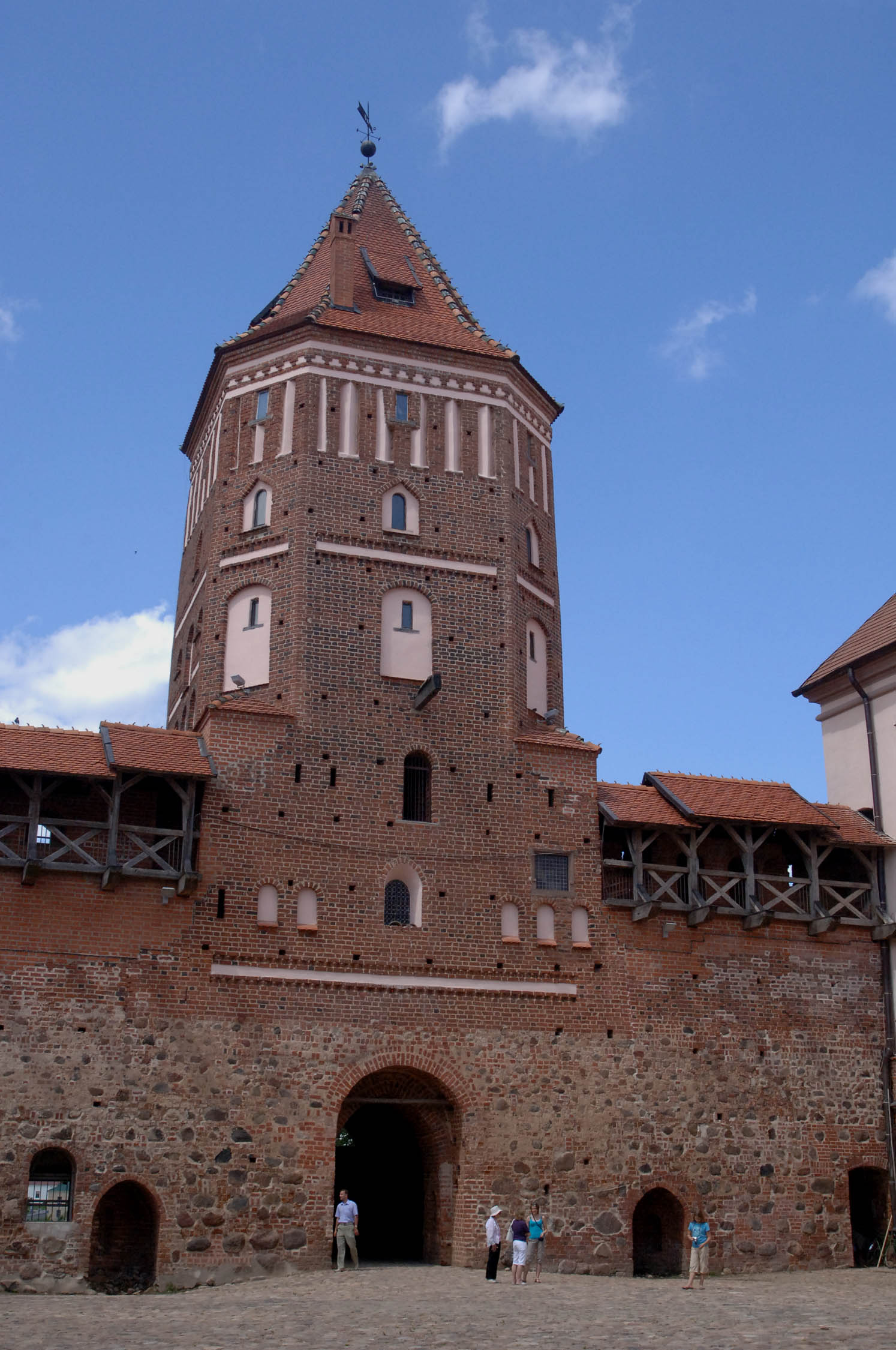|
Halshany Castle
Halshany or Holszany Castle (, , ) is the ruined residence of the Sapieha magnate family in Halshany, Hrodna Voblast, Belarus. It used to be the seat of one of the largest land estates in the Grand Duchy of Lithuania. The current structure was built about 1610 by Paweł Stefan Sapieha to replace an older castle of the Holszanski princely family, of whom Sapiehas were descendants and heirs. Also known as the Black Castle (although it is built of red brick), the residence formerly rivaled Mir Castle as the most elegant private ''château'' of the Grand Duchy of Lithuania. The name ''Black Castle'' in fact originally applies to a fictional building from a book by Uladzimir Karatkievich, which was loosely based on Halshany Castle. The castle and the surrounding estates were devastated, robbed and looted, twice: by the invading Swedes troops during the Deluge (history) and during the Great Northern War in 1704. Due to financial stress experienced by the Sapiehas in the wak ... [...More Info...] [...Related Items...] OR: [Wikipedia] [Google] [Baidu] |
Château
A château (, ; plural: châteaux) is a manor house, or palace, or residence of the lord of the manor, or a fine country house of nobility or gentry, with or without fortifications, originally, and still most frequently, in French-speaking regions. Nowadays, a ''château'' may be any stately residence built in a French style; the term is additionally often used for a winegrower's estate, especially in the Bordeaux region of France. Definition The word château is a French word that has entered the English language, where its meaning is more specific than it is in French. The French word ''château'' denotes buildings as diverse as a medieval fortress, a Renaissance palace and a fine 19th-century country house. Care should therefore be taken when translating the French word ''château'' into English, noting the nature of the building in question. Most French châteaux are "palaces" or fine " country houses" rather than "castles", and for these, the word "château" is appropr ... [...More Info...] [...Related Items...] OR: [Wikipedia] [Google] [Baidu] |
Ruined Castles In Belarus
Ruins () are the remains of a civilization's architecture. The term refers to formerly intact structures that have fallen into a state of partial or total disrepair over time due to a variety of factors, such as lack of maintenance, deliberate destruction by humans, or uncontrollable destruction by natural phenomena. The most common root causes that yield ruins in their wake are natural disasters, armed conflict, and population decline, with many structures becoming progressively derelict over time due to long-term weathering and scavenging. There are famous ruins all over the world, with notable sites originating from ancient China, the Indus Valley, ancient Iran, ancient Israel and Judea, ancient Iraq, ancient Greece, ancient Egypt, ancient Yemen, Roman, ancient India sites throughout the Mediterranean Basin, and Incan and Mayan sites in the Americas. Ruins are of great importance to historians, archaeologists and anthropologists, whether they were once individual fortifica ... [...More Info...] [...Related Items...] OR: [Wikipedia] [Google] [Baidu] |
Geographical Dictionary Of The Kingdom Of Poland
The Geographical Dictionary of the Kingdom of Poland and other Slavic Countries () is a monumental Polish gazetteer, published 1880–1902 in Warsaw Warsaw, officially the Capital City of Warsaw, is the capital and List of cities and towns in Poland, largest city of Poland. The metropolis stands on the Vistula, River Vistula in east-central Poland. Its population is officially estimated at ... by Filip Sulimierski, Bronisław Chlebowski, Władysław Walewski, and others. External links Słownik geograficzny Królestwa Polskiego* Alphabetic index DjVu format with a search engineAn index for a DjVu browser Gazetteers Encyclopedias in Polish Historical geography of Poland History books about Poland 1880 books 19th-century encyclopedias 20th-century encyclopedias {{poland-book-stub ... [...More Info...] [...Related Items...] OR: [Wikipedia] [Google] [Baidu] |
Civil War In Lithuania (1700)
Lithuanian Civil War may refer to: * Lithuanian Civil War (1381–1384), a war between Jogaila and his uncle Kęstutis with son Vytautas * Lithuanian Civil War (1389–1392), a war between Jogaila and his cousin Vytautas * Lithuanian Civil War (1432–1438), a war between Švitrigaila and Sigismund Kęstutaitis * Lithuanian Civil War (1697–1702), a war between several powerful magnate families See also * Glinski rebellion The Glinski rebellion was a revolt in 1508 in the Grand Duchy of Lithuania by a group of aristocrats led by Prince Mikhail Glinski in 1508. It grew out of a rivalry between two factions of the nobility during the final years of Grand Duke Alexande ... of 1508 * History of Lithuania (1219–95) {{disambiguation ... [...More Info...] [...Related Items...] OR: [Wikipedia] [Google] [Baidu] |
Great Northern War
In the Great Northern War (1700–1721) a coalition led by the Tsardom of Russia successfully contested the supremacy of the Swedish Empire in Northern Europe, Northern, Central Europe, Central and Eastern Europe. The initial leaders of the anti-Swedish alliance were Peter the Great, Peter I of Russia, Frederick IV of Denmark, Frederick IV of Denmark–Norway and Augustus II the Strong of Electorate of Saxony, Saxony–Polish–Lithuanian Commonwealth, Poland–Lithuania. Frederick IV and Augustus II were defeated by Sweden, under Charles XII, and forced out of the alliance in 1700 and 1706 respectively, but rejoined it in 1709 after the defeat of Charles XII at the Battle of Poltava. George I of Great Britain and the Electorate of Hanover joined the coalition in 1714 for Hanover and in 1717 for Britain, and Frederick William I of Prussia, Frederick William I of Brandenburg-Prussia joined it in 1715. Charles XII led the Swedish army. Swedish allies included Holstein-Gottorp, sev ... [...More Info...] [...Related Items...] OR: [Wikipedia] [Google] [Baidu] |
Deluge (history)
The Deluge was a series of mid-17th-century military campaigns in the Polish–Lithuanian Commonwealth. In a wider sense, it applies to the period between the Khmelnytsky Uprising of 1648 and the Truce of Andrusovo in 1667, comprising the Polish theatres of the Russo-Polish and Second Northern Wars. In a stricter sense, the term refers to the Swedish invasion and occupation of the Commonwealth as a theatre of the Second Northern War (1655–1660) only; in Poland and Lithuania this period is called the Swedish Deluge (, Lithuanian: š''vedų tvanas'', ), or less commonly the Russo–Swedish Deluge () due to the simultaneous Russo-Polish War. The term "deluge" (''potop'' in Polish) was popularized by Henryk Sienkiewicz in his novel '' The Deluge'' (1886). During the wars the Commonwealth lost approximately one third of its population as well as its status as a great power due to invasions by Sweden and Russia. According to Professor Andrzej Rottermund, manager of the Roya ... [...More Info...] [...Related Items...] OR: [Wikipedia] [Google] [Baidu] |
Swedish People
Swedes (), or Swedish people, are an ethnic group native to Sweden, who share a common ancestry, Culture of Sweden, culture, History of Sweden, history, and Swedish language, language. They mostly inhabit Sweden and the other Nordic countries, Swedish-speaking population of Finland, in particular, neighboring Finland, where they are an officially recognized minority, with Swedish being one of the official languages of the country, and with a substantial Swedish diaspora, diaspora in other countries, especially the Swedish Americans, United States. Etymology The English term "Swede" has been attested in English since the late 16th century and is of Middle Dutch or Middle Low German origin. In Swedish language, Swedish, the term is ''svensk'', which is from the name of ''svear'' (or Swedes), the people who inhabited Svealand in eastern central Sweden, and were listed as ''Suiones'' in Tacitus' history ''Germania (book), Germania'' from the first century AD. The term is believed ... [...More Info...] [...Related Items...] OR: [Wikipedia] [Google] [Baidu] |
Halšany Castle Restoration 2019
Halshany (; ; ; ; ) is an agrotown in Ashmyany District, Grodno Region, Belarus. It serves as the administrative center of Halshany selsoviet. It is known as the former seat of the Olshansky princely family and the location of the ruined Halshany Castle. History It was the birthplace of the Lithuanian princess and later Grand Duchess of Lithuania and queen of Poland Sophia of Halshany, extending Lithuanian Jagellon dynasty over two states. During the times of the Polish–Lithuanian Commonwealth the town was in the hands of the Sapieha family, which constructed a castle there in early 17th century. The town grew smaller with the devastations of the mid-17th century wars wrought in the Commonwealth. The town became part of the Russian Empire with the partitions of Polish–Lithuanian Commonwealth in the 18th century. During the French invasion of Russia, the vicinity was captured by the Franco-Polish troops on 30 June 1812. It was recaptured by the Russian Imperial Army on ... [...More Info...] [...Related Items...] OR: [Wikipedia] [Google] [Baidu] |
Uladzimir Karatkievich
Uladzimir Karatkievich (; ; 26 November 1930 – 25 July 1984) was a Belarusian Soviet writer, publicist, poet, translator, dramatist, and screenwriter, recognized as a classic of Belarusian literature. He is considered one of the most prominent figures in 20th-century Belarusian literature and was the first Belarusian writer to explore the genre of historical mystery. Karatkievich's works are characterized by a romantic focus, a high level of artistic sophistication, patriotic fervor, and a humanistic tone. He significantly enriched Belarusian literature with thematic and genre diversity, imbuing it with intellectual and philosophical depth. Among his most famous works are the novellas '' King Stakh's Wild Hunt'' () and ''The Grey Legend'' (), the novels ''Ears of Rye Under Your Sickle'' (), ''Christ Landed in Hrodna'' (), and ''The Black Castle Alshanski'' (), and the essay ''Land Beneath White Wings'' (). Origins Uladzimir Karatkievich's mother, Nadzeia Vasileuna (), c ... [...More Info...] [...Related Items...] OR: [Wikipedia] [Google] [Baidu] |
Mir Castle
The Mir Castle Complex (; ; ; ) is a historic fortified castle and a UNESCO World Heritage Site in Belarus. It is located in the town of Mir, in Karelichy District of Grodno Oblast, north-west of another World Heritage site, Nesvizh Castle. Mir Castle Complex is above sea level. Erected in the 16th century in the late Brick Gothic style, it is one of the few remaining architectural monuments of the former Polish–Lithuanian Commonwealth in contemporary Belarus. History Duke began construction of the castle near the village of Mir after the turn of the 16th century in the Belarusian Gothic style. Five towers surrounded the courtyard of the citadel, the walls of which formed a square of on each side. In 1568, when the Ilyinich dynasty died out, the Mir Castle passed into the hands of Mikalaj Kryštafor "the Orphan" Radziwil, who refitted it with a two-winged, three-story stately residence along the eastern and northern inner walls of the castle. Plastered facades were de ... [...More Info...] [...Related Items...] OR: [Wikipedia] [Google] [Baidu] |
Halshany
Halshany (; ; ; ; ) is an agrotown in Ashmyany District, Grodno Region, Belarus. It serves as the administrative center of Halshany selsoviet. It is known as the former seat of the Olshansky princely family and the location of the ruined Halshany Castle. History It was the birthplace of the Lithuanian princess and later Grand Duchess of Lithuania and queen of Poland Sophia of Halshany, extending Lithuanian Jagellon dynasty over two states. During the times of the Polish–Lithuanian Commonwealth the town was in the hands of the Sapieha family, which constructed a castle there in early 17th century. The town grew smaller with the devastations of the mid-17th century wars wrought in the Commonwealth. The town became part of the Russian Empire with the partitions of Polish–Lithuanian Commonwealth in the 18th century. During the French invasion of Russia, the vicinity was captured by the Franco- Polish troops on 30 June 1812. It was recaptured by the Russian Imperia ... [...More Info...] [...Related Items...] OR: [Wikipedia] [Google] [Baidu] |




